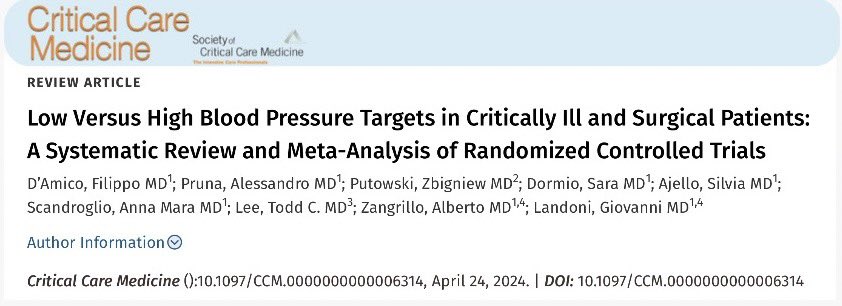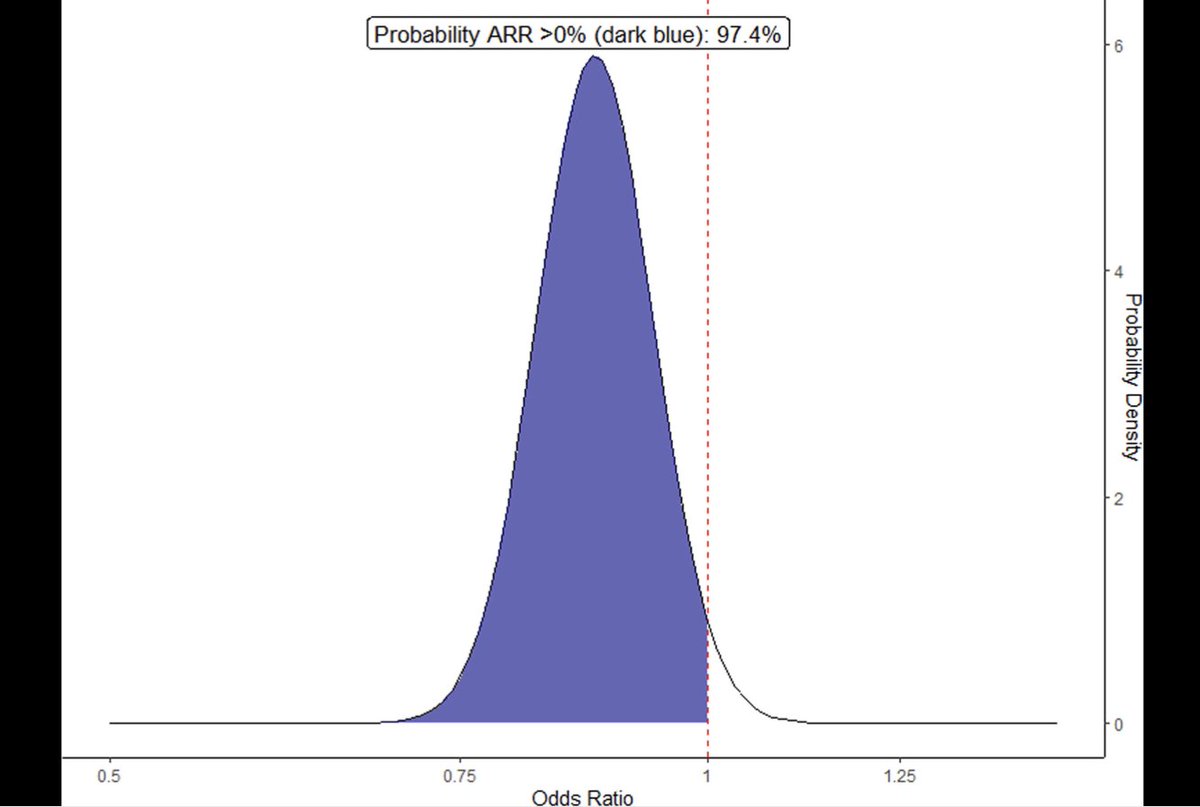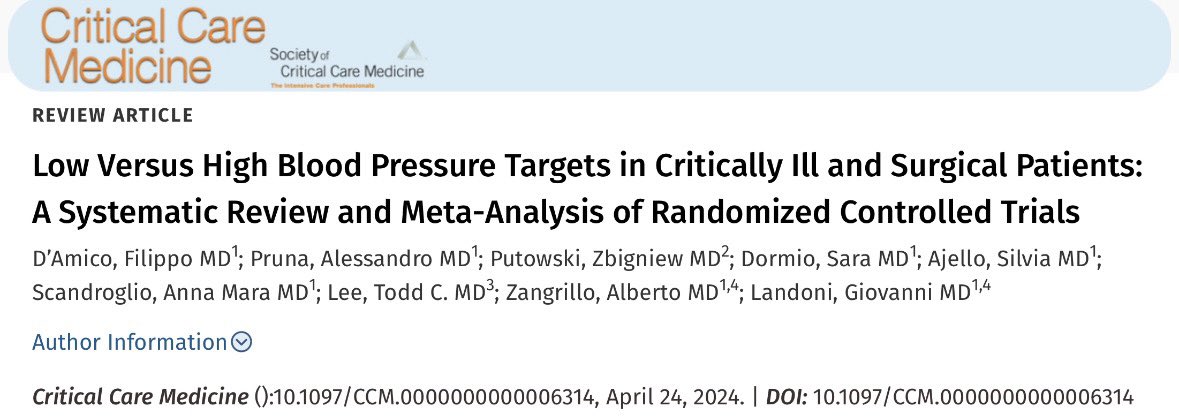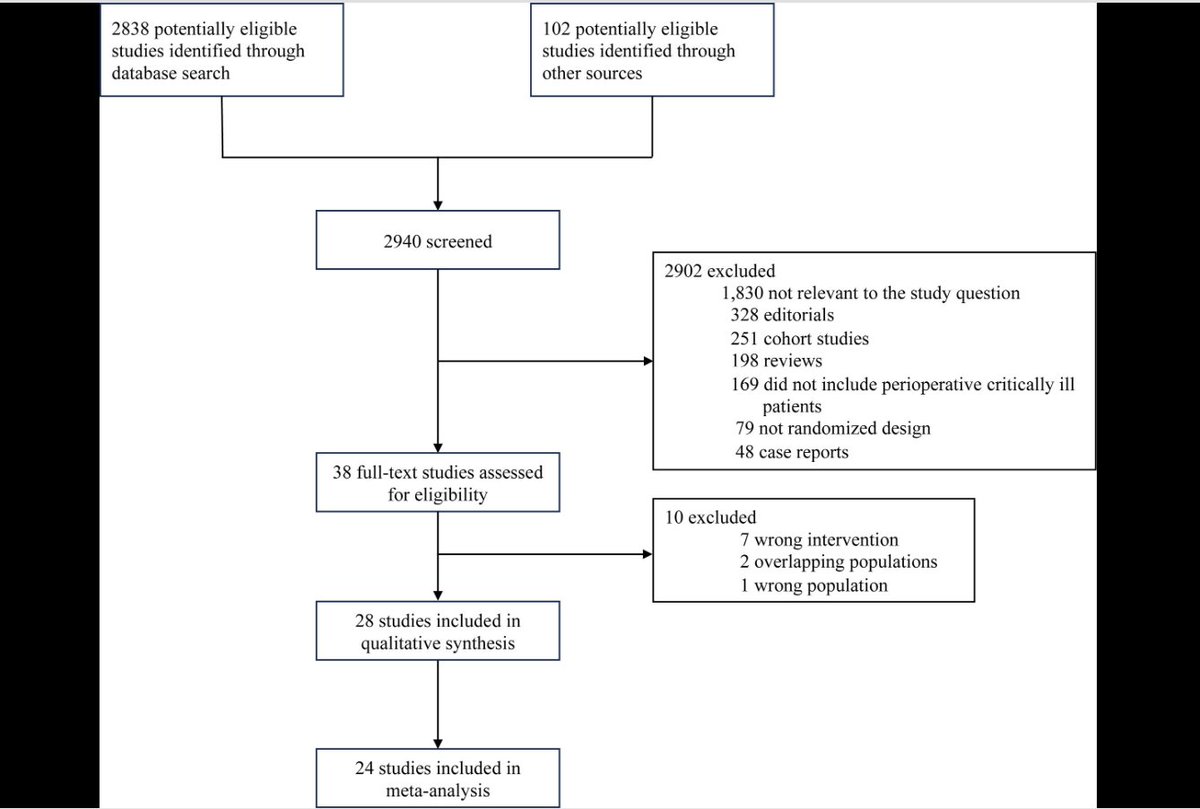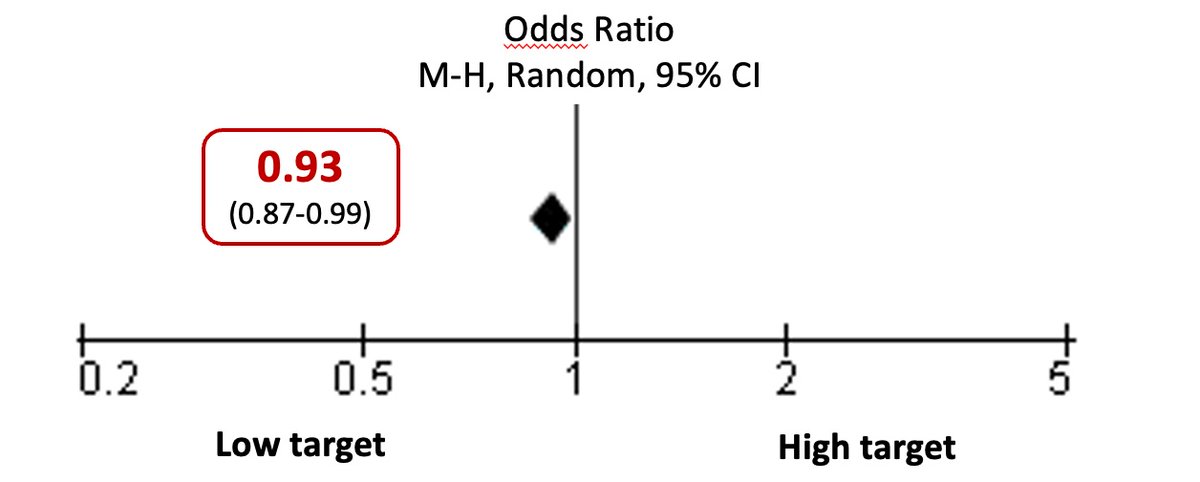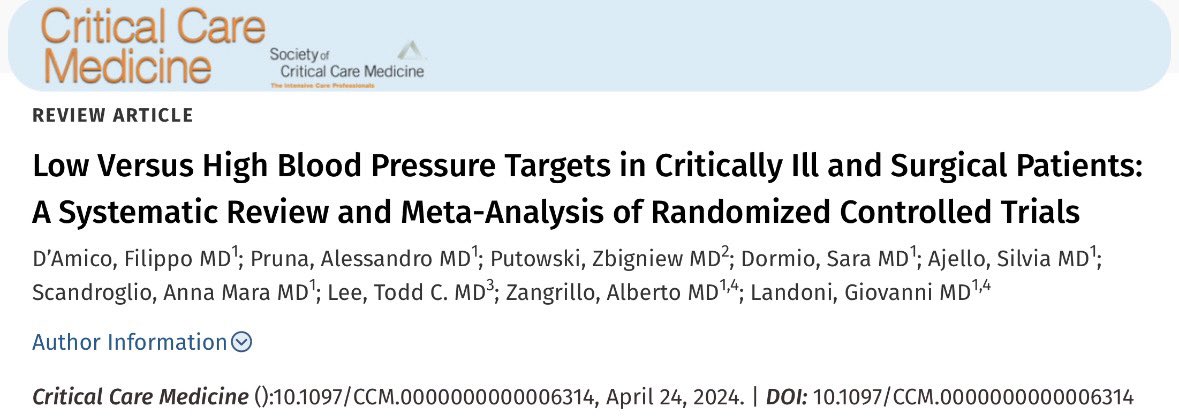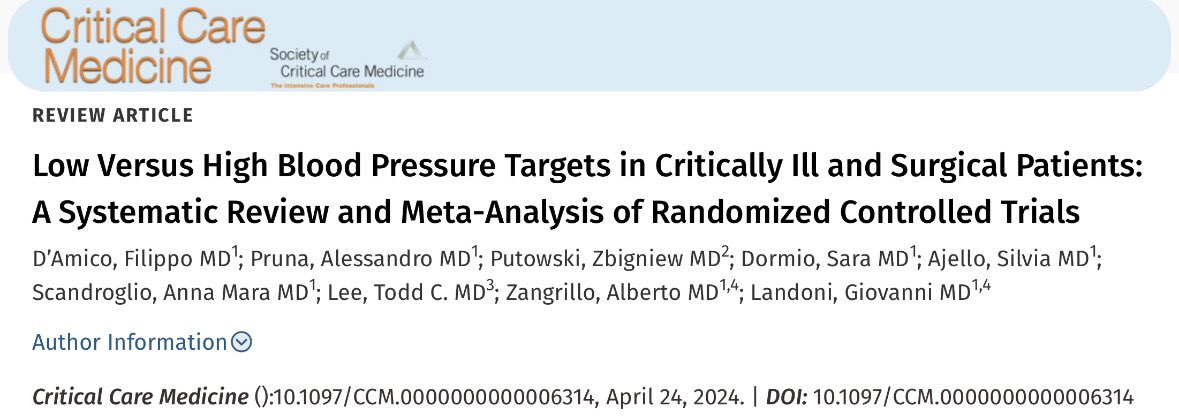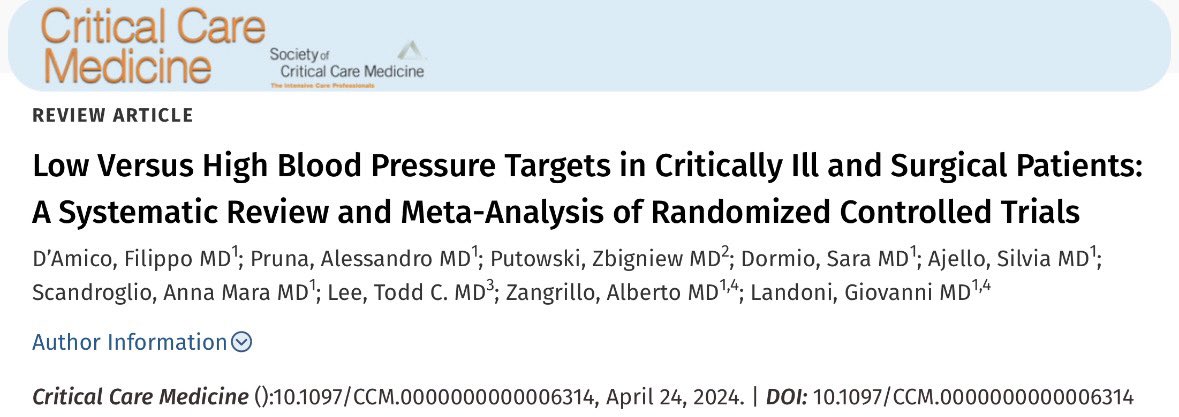
San Raffaele Anesthesia and Intensive Care
@SRAnesthesiaICU
The Department of Anesthesia and Intensive Care of @SanRaffaeleMI in Italy. Our goal is reducing mortality in the ICU/OR, improving quality of life thereafter.
ID:1115879689938186240
http://bit.ly/SanRaffaeleAnesthesiaICU 10-04-2019 07:30:24
3,3K Tweets
3,3K Followers
190 Following




NephroCheck results may be influenced by urine output and hemodilution
Do we need different thresholds in different populations?
Our experience now published on Journal of Cardiothoracic and Vascular Anesthesia
San Raffaele Anesthesia and Intensive Care
Fabrizio Monaco, MD paulemann Rosa Labanca Stefano Fresilli Rinaldo Bellomo
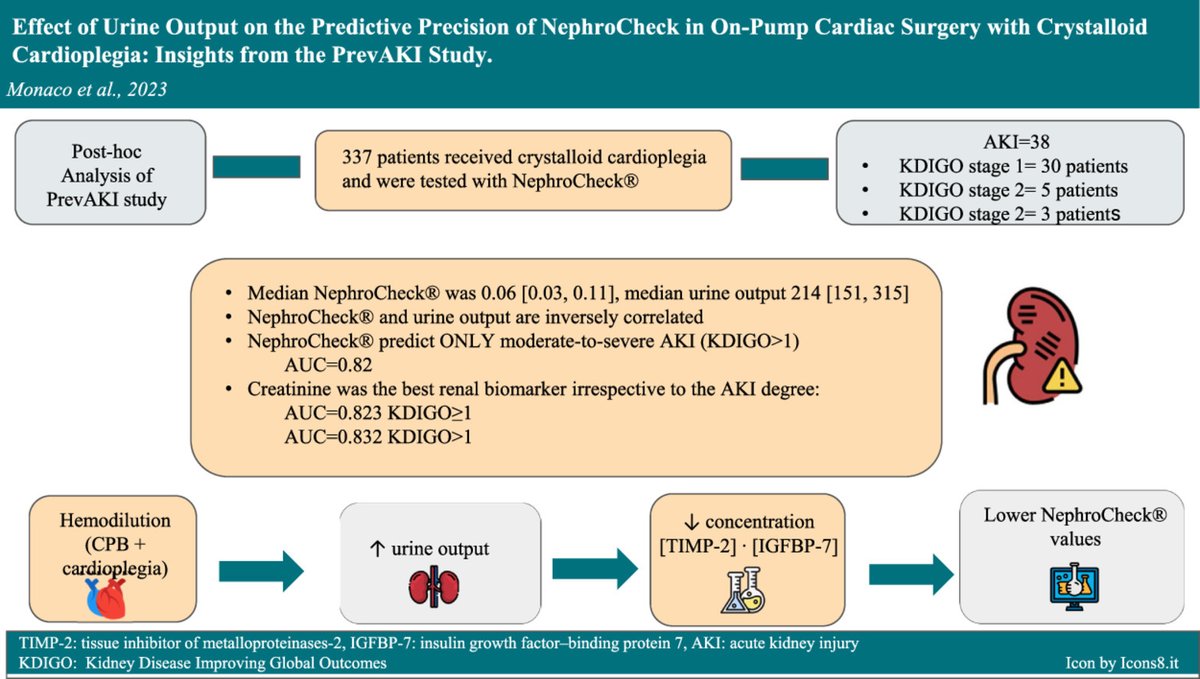

We're looking for centers in South and Central America to enrol 50 patients in the STARGATEstudy
If you are interested visit stargatestudy.com or contact Vincenzo Russotto
Orlando R. Pérez-Nieto
Otavio Ranzani
ECMO Heart Team Mx
Fernando Zampieri
Dra Ludhmila Hajjar
SACH
sopemi…

1/9 ❗️❗️❗️ Critical Care Medicine just published a meta-analysis of RCTs on critically-ill and perioperative blood pressure (BP) targets! What is more beneficial for survival: targeting Higher or Lower BP? 🧵🧵🧵journals.lww.com/ccmjournal/abs…





Do we have more guidance on blood pressure targets in the ICU and perioperative settings? What do low or high targets mean? Excellent work Filippo D'Amico Giovanni Landoni, MD and team! Stay tuned for more! Critical Care Medicine

Philippe Rola Good point!
Not all hypotension are the same
Flow=MAP-CVP/R
MAP=CO x R + CVP
Increasing MAP through resistance could reduce flow



Low Versus High Blood Pressure Targets in Critically Ill... : Critical Care Medicine journals.lww.com/ccmjournal/abs… Congrats Giovanni Landoni, MD and the group. #Lessismore #Lower #Better SFAR Anesthésie Réanimation SFAR Jeunes


❓Which is the correct BP target in critically ill❓
❌ Probably NOT the most appropriate question‼️
✅ Is blood flow adequate to ensure organ perfusion?
⚠️Interventions to reach a 'comfort zone' BP may lead to higher mortality
#protectivehemodynamics
🔗journals.lww.com/ccmjournal/abs…
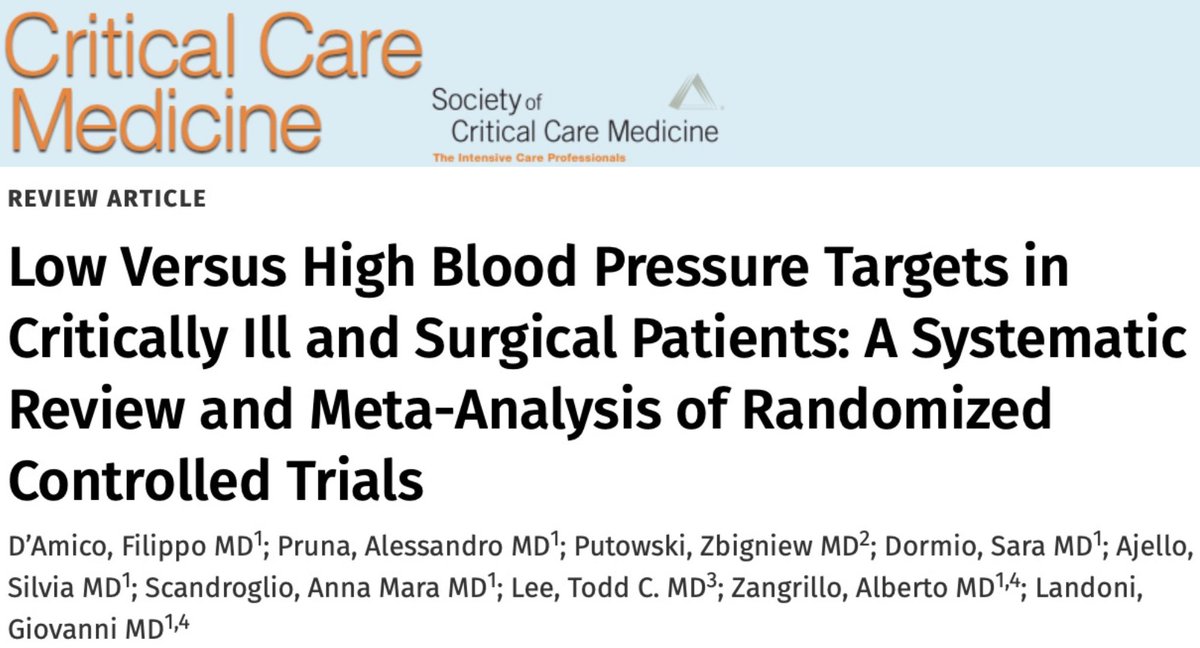




⚡ Breaking new ground in blood pressure management!
🫀 How should we manage blood pressure in critical care and perioperative settings?
📈 Check out our latest meta-analysis, which could redefine how we manage blood pressure in #criticalcare and #perioperative …
